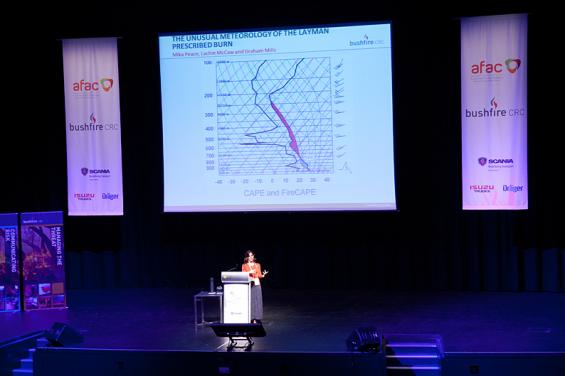This is a paper presented at the 2013 Bushfire CRC Research Forum.
This paper is part of a larger research project investigating people’s perception of the bushfire risk of their own property. It analyses the 46 survey responses from residents living in Mount Wilson and Pretty Beach, NSW, Australia. It looks at two issues: resident’s perception of the bushfire risk of their local area and their own...






